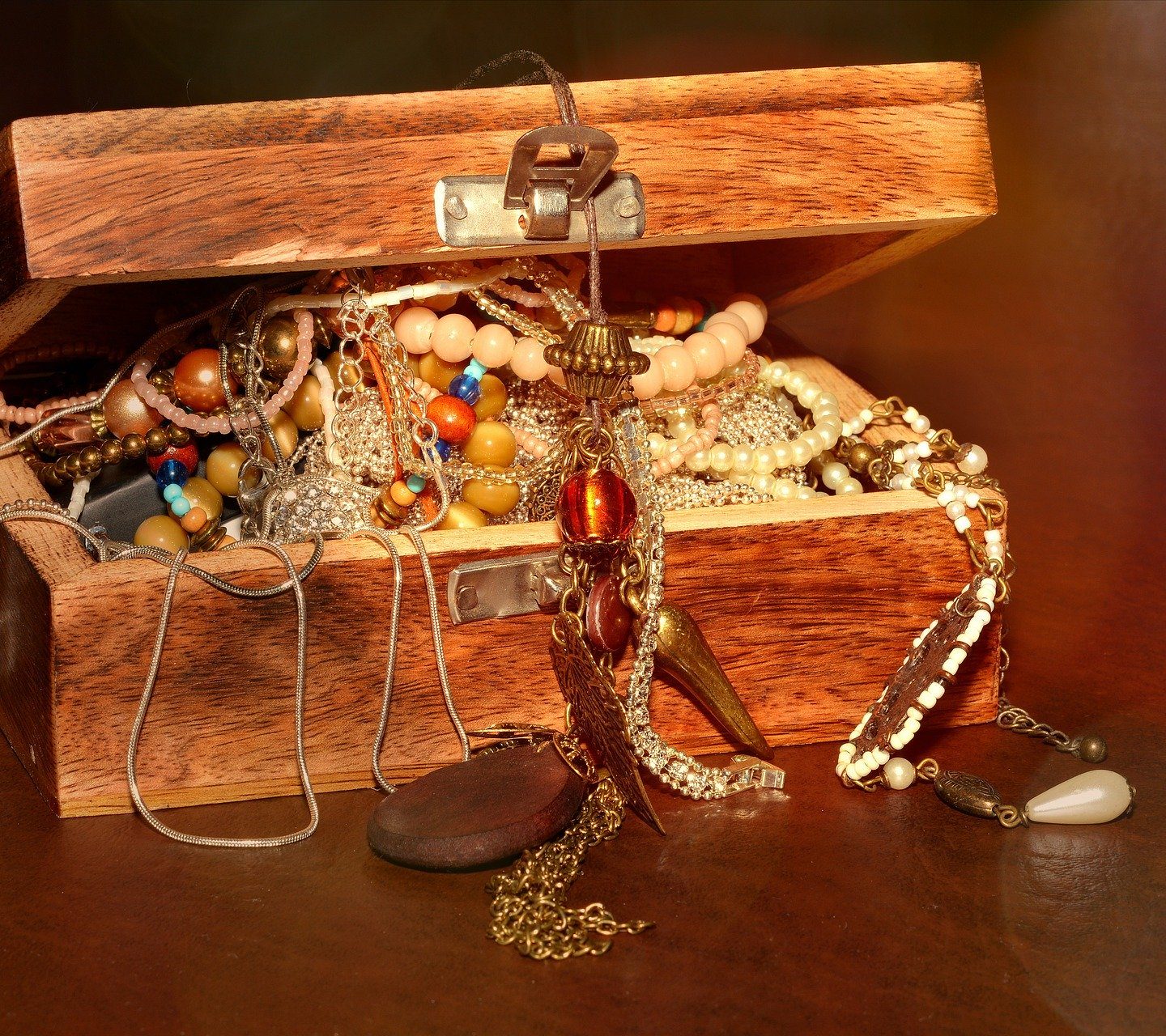Long time readers might be aware of the auto-randomising nature of my TPK encounter and loot posts. What you might not know is that this is powered by a PHP class I wrote that provides a lot of shortcodes. Why shortcodes, I hear you ask. Because blocks were not a thing when I made the class.
A natural progression from writing encounters might be reasonable loot distribution based on the level of the party (or the challenge level of the encounter).
Simple, thinks I. Just find some look up tables and replicate rolling on them.
How wrong I was.
To start with, even the most simple loot tables carry messages like “roll 2d6 times on table X”. Aargh!
Undeterred, I set about writing a new class to handle loot. That class soon became two and then five classes. One for coins, one for gems, one for art items, one for magic items, and a bunch for base classes.
Right now, you can get individual coin loot and – in theory – get gems of all sorts to the approximate value of a simulated dice roll on a loot table.
None of which works or can be tested yet because copying loot tables into switch statements and handling the endless exceptions takes a lot of time.
An agonising AS flair-up notwithstanding, I thought I would be finished by now. Instead I am still getting warmed up.
When I am done, you will be able to call for loot in both Pathfinder/3.5 and Dungeons and Dragons 5e. I told you I would get to DnD eventually. Nothing for the Story Skills System because it is too different and does not use tables that way.
As I release weird, funny, cursed, and surprising items for the Evil GM’s guide, they will be added to the loot tables too.
This non-news was brought to you by underestimating tasks on an epic scale.


